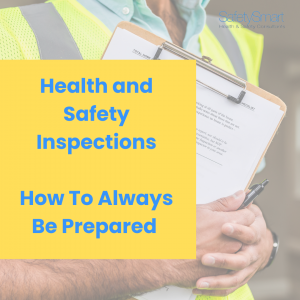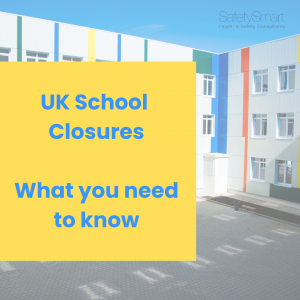Reducing noise in the office – practical steps for employers
10th January 2022 Posted in Blogs

When we think about noise at work and its damaging effect it is often in the context of working with machinery or in loud environments like factories, warehouses or music venues but what about offices? the majority of offices are open plan – in fact, 70% of office-based employees work in an open-plan environment where sound levels can be measured in the 45db to 60db range and at the top end of the scale that’s equivalent to listening to loud consistent laughter – throughout your workday.
But what factors cause open-plan offices to be quite so loud, what is the impact and what practical steps can employers take? We explore:
A 2021 study used sensors to track changes in heart rate and sweat response whilst working in an open-plan office, facial recognition software was also used to assess emotional response whilst participants also self-reported their own feelings using a mood scale. Even after a short period of exposure to the consistent levels of noise found in the office, the study found a causal relationship between the noise and both stress and negative mood. Negative mood increased by 25% and sweat response by 34% [Sander, 2021].
Further to this, a 2018 study examined the impact of noise pollution in office environments, surveying 500 people it found:
- Only 1% of employees (down from 20% in 2015) said they could block distractions and concentrate without taking action.
- 54% of executives believed their employees had the tools needed to mitigate noise in the office; only 29% of employees agreed (down from 41% in 2015).
- 75% of employees said they had to go outside to focus; 32% used headphones to block distraction.
- 63% of employees said they lacked quiet space for focused work.
- 96% of executives saw employee productivity as critical to their financial performance, yet just 40% understood the link between noise, distraction and productivity.
- Only 6% of executives had equipped their office with noise-mitigating features.
- Employees in the noisiest office environments were more likely to say they might leave their job in the next six months.
This was of course pre-pandemic, many office workers have now worked from home or in a hybrid work model for months, it’s becoming less common to work in an office full of people and the noise levels associated with that but pre-Omnicron many employers were encouraging their teams back to the office posing the question about what those statistics might look like now, after 18 months working in quiet spaces or even isolation its fair to assume that many office workers will find the noise levels more challenging than ever before.
So what practical steps can employers take?
There are of course optimal types of buildings and environments within which to house open-plan offices but working on the basis that most businesses lease their office space and can’t make significant changes to the building or structure what can they do?
Use acoustic wall panels: similar to soundproofing these can be installed on an existing wall providing a buffer for surrounding noise
Use artwork and fabric on walls – Cover walls with thick blankets, moving pads, tapestries, or quilts. Virtually any soft material will work, though thicker ones absorb more sound than thinner materials.
Install Booth Seating – providing a physical sound barrier around where people are seated and speaking meaning noise doesn’t travel so far.
Provide dedicated meeting space – It’s definitely the style for everything to be open and collaborative in modern offices but it’s also incredibly noisy and distracting when multiple people are having meetings or conversations. Consider keeping some meeting space with walls and doors to absorb sound.
Secluded Workspaces – Whilst most open-plan offices have ‘bank’ style desks meaning individuals usually face to face in small groups but this set up particularly when on phone or video calls or even having conversations across the desk can be distracting and interrupt workflow. Providing secluded workspace areas where people can move, to complete focused tasks or even calls away from other desks can be incredibly helpful.
Provision of Equipment – Provide equipment like noise-cancelling earphones and consider other equipment which is used for sound purposes such as phones or laptops is the audio quality good on these items? are people having to turn up the volume to hear – and in turn increasing the level of noise for themselves and everyone else.
Want to find out more about how you can make your office safe for sound? get in touch for a free consultation
** original survey sources and article – https://www.ioshmagazine.com/2022/01/04/sound-and-fury-open-plan-office
Resource Hub

Smart Resource: Hot Water Risk Assessments

Smart Resource: What you need to know about the fire risks of Lithium-ion battery use

Smart Resource: How to always be prepared for H&S Inspections

Smart Resource: UK School Closures What you need to know
Request A Call!
Want a free no-obligation consultation? Fill in the form below and we'll give you a call!